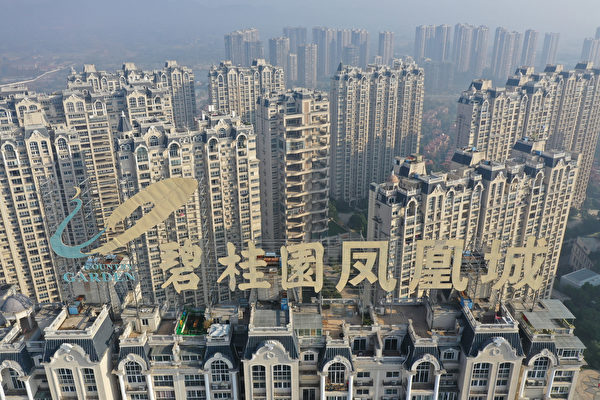In May, the Chinese glass industry has been facing a “triple crisis” of high inventory, low profits, and sluggish demand, with market fatigue more pronounced compared to the same period in previous years. Industry insiders have indicated that despite recent intensive stimulus policies introduced by the authorities, the predicament of the glass market reflects the increasing downward pressure on the overall Chinese economy.
Cui Zhang, head of the futures department at Hebei Zhengda Glass, told Futures Daily that during the Labor Day holiday period, the spot prices of glass in locations such as Shahe in Hebei and central China continued to decline, with companies experiencing subpar effects in exchanging price for quantity, lackluster production and sales data, and a noticeable differentiation in inventory structure. Upstream producers and midstream traders are facing high inventory levels, while downstream processing inventories remain low. The total inventory of national float glass sample companies is still at historically high levels.
Currently, the glass industry is confronted with the triple challenges of high inventory, low profits, and sluggish demand.
“Pressure on inventory for upstream enterprises has not eased yet, midstream traders are facing severe inventory backlog, directly suppressing price rebounds. In terms of production costs, natural gas production lines are generally running at a loss, and coal/oil coke production lines are only making meager profits, leading to subdued willingness for companies to resume production. On the demand side, completion data for real estate projects has not shown significant improvement, orders for deep processing are insufficient, and the market lacks the driving force for continued inventory restocking,” Cui Zhang explained.
Zhou Xiaoyan, a senior analyst at Guotou Futures, stated that the glass industry is currently facing issues such as slow payments and high shipping pressures, causing processing companies to have to selectively accept orders, resulting in widespread pessimism in the market.
It is understood that the primary contradiction in the current Chinese glass market is the contraction of supply and the decline in demand. Despite continuous capacity reduction in the industry, demand is shrinking at a faster pace, hindering the process of supply-demand rebalancing.
Data shows that as of the end of April, the average order days for deep processing sample companies nationwide was 10.3 days, representing an 11.2% month-on-month increase but a 6.8% year-on-year decrease, overall lower than the levels of the same period in previous years. Project-based orders can be scheduled for 15 to 30 days, while regular orders only have a lead time of 5 to 7 days.
Zhou Xiaoyan mentioned that the macro policies introduced in September 2023 had led to a recovery in the glass market, but the current market response is relatively lackluster. “Glass prices have approached the cost line, with limited further downward potential, but the stabilization and recovery still require observation of two major variables: the actual demand transmission effects of macro policies after implementation, and whether the supply side can introduce more cold repairs to alleviate the pressure of overcapacity.”
Cold repair refers to long-term production stoppages due to maintenance of production line equipment.
As an upstream industry closely related to real estate, the difficulties faced by the glass industry directly reflect the structural problems that the overall Chinese economy is undergoing. Despite the authorities’ intensive introduction of stimulus policies, the restoration of market confidence will still take time.

